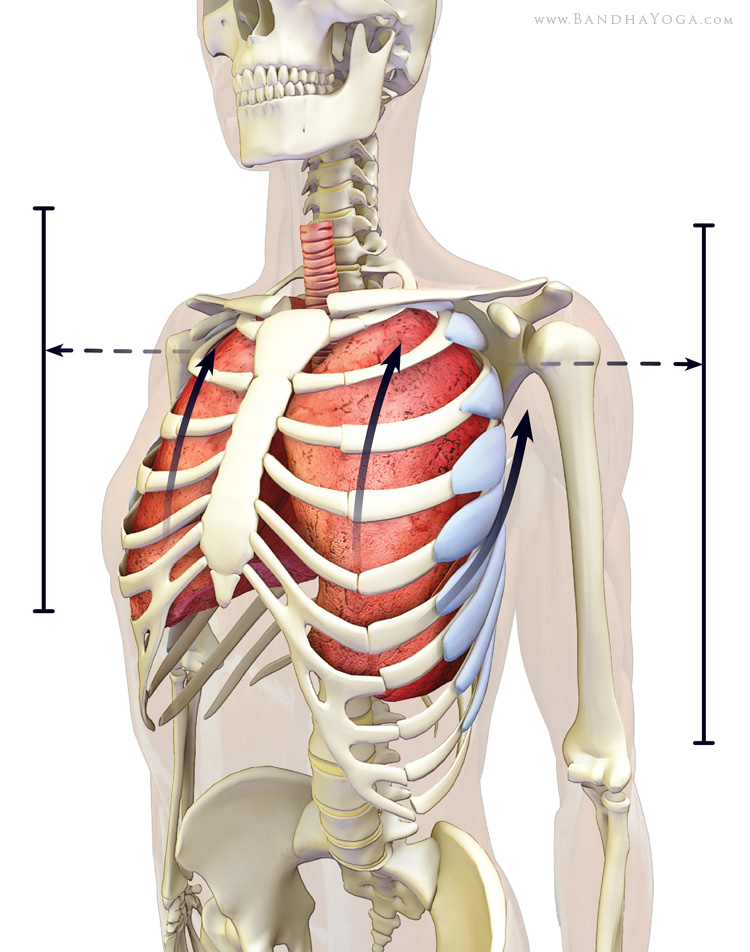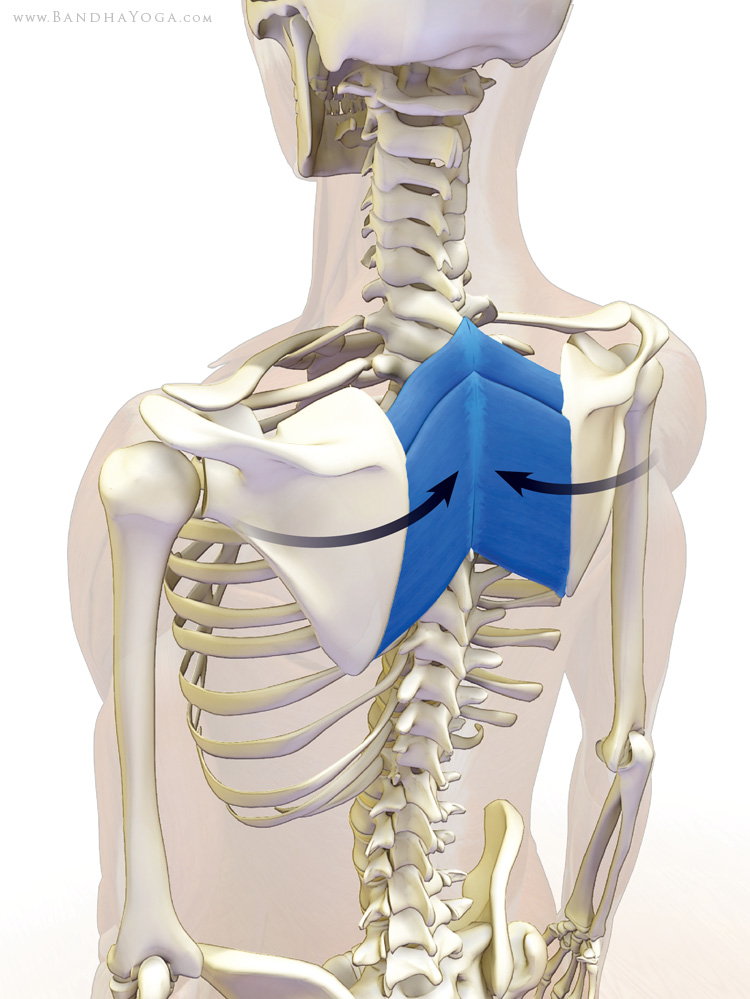First, heartfelt thanks for all of your “likes” and comments on our Facebook page. Enjoy the free e-book, Anatomy for Yoga, Tips and Techniques
Book 1! We’ve heard from practitioners all over the world on how these techniques have enhanced their practice and teaching. This is music to our ears. To show my appreciation, I want to offer a tip that can help you dramatically expand the chest. This cue on engaging the accessory muscles of breathing can provide a quantum leap in the global effect of your yoga practice. First, a little background . . .
Book 1! We’ve heard from practitioners all over the world on how these techniques have enhanced their practice and teaching. This is music to our ears. To show my appreciation, I want to offer a tip that can help you dramatically expand the chest. This cue on engaging the accessory muscles of breathing can provide a quantum leap in the global effect of your yoga practice. First, a little background . . .
As many of you know, I studied yoga for an extended period at the Ramamani Iyengar Memorial Yoga Institute in Pune, India. The Iyengars are true world experts in yogic breathing. During my time there, I was exposed to great teachings of pranayama from Yogacharya Iyengar, his daughter Geeta, and son Prashant. These classes were amazing; their effect would last for days.
I continued to practice pranayama when I returned from India and gradually developed an understanding of the art. During this process, I used my medical training to analyze the breathing techniques. I found that I could use Western science to amplify the effects of pranayama.
Now, part of pranayama involves breathing deeply. The body has a group of muscles that it recruits when we need to take deeper breaths, say after running a sprint. Recruiting these muscles expands the chest to a greater extent than when using the diaphragm alone. The result is increased inspiratory volume and improved lung ventilation (on the alveolar level). It occurred to me that intentionally engaging these breathing muscles would augment the volume of my inhalations during pranayama and asana practice. So I developed a series of cues to activate the various accessory muscles and incorporated them into my practice. The effect was immediate and amazing. After my practice was finished and throughout the day, my breathing felt effortless, leaving me energized.
How cool is that?
How cool is that?
 |
| Activating the serratus anterior to expand the lungs. |
Okay, Welcome Back . . .
The rhomboids (major and minor) originate from the spinous processes of cervical vertebrae six and seven and thoracic vertebrae one through four. They insert onto the medial border of the scapula and act to stabilize and draw the shoulder blades towards the midline. The serratus anterior originates from ribs one through nine and inserts on the inside of the entire medial border of the scapula. If the scapula is fixed (by engaging the rhomboids) then contracting the serratus anterior lifts and expands the ribcage. Just focus on this action for the moment. (When the shoulder blade is released, the SA rotates and draws the scapula laterally—but that’s another blog postJ.)
Ok, now repeat the steps from above—take a relaxed exhale, then draw the scapulae towards the midline and stabilize them there using the rhomboids (feel how this expands the chest forward). Then as you inhale, attempt to press the shoulders outwards against an imaginary wall. Take a relaxed exhalation and repeat two more times.
 |
| Rhomboids stabilizing the scapulae. |
Use this cue when you practice this weekend. For example, as you do Surya Namaskar, when you inhale to raise your arms overhead from Tadasana, imagine pressing the shoulders outwards against a wall. Try it in other poses as well, such as Up Dog, Down Dog, and so on. This technique is especially effective for Vinyasa Flow—you guys will be floating!
Life is for enjoyment, friends, so enjoy this technique. Keep the comments coming on Facebook and be sure to visit us for your free e-book and chakra poster!


Комментариев нет:
Отправить комментарий